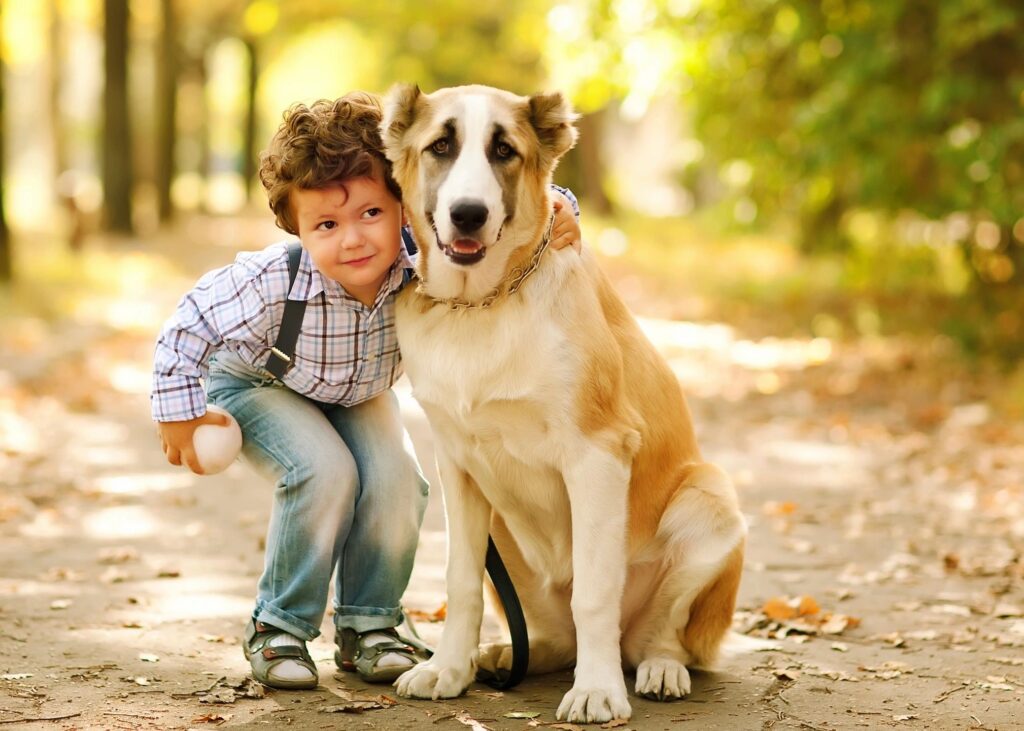Returning to school may be a stressful time for all members of the household, due to the change, including for dogs and cats. According to Dr. Carly Fox, Senior Veterinarian in the Emergency & Critical Care Service at AMC, “pets are naturally curious and can easily get into harmful situations.”
By taking a few precautions, pet owners can help ensure that their four-legged companions have a smooth and safe transition as the school year begins. Here are a few ways to help them adjust:
- GRADUAL SHIFT: Establish a regular routine for walks, playtime, and feeding so your pet knows what to expect each day. Adjust this schedule to match school hours, if necessary, and shift your pet’s routine a week or two before school starts to ease the transition.
- PET-PROOF YOUR HOME: If your pet will be spending more time alone, make sure their environment is safe. Lock away medications and secure garbage cans to prevent your pet from getting into them. Avoid having loose cords or wires around the home, including those on curtains or blinds.
- LOW-KEY DEPARTURES & ARRIVALS: When leaving for school and coming back home, remain calm and encourage your kids to do the same. This helps prevent your pets from becoming anxious when you leave.
- GOOD VIBES ONLY: Create positive associations around your departure by giving a treat or having a short play session before heading out the door.
- SAFE SPACE & MENTAL STIMULATION: Set up a cozy spot where your pet can relax while the kids are at school. Playing soothing music can help drown out outside noise and create a calming environment. Interactive toys and puzzle feeders can help alleviate boredom when pets are home alone.
- MIDDAY CARE: If your pet struggles with being alone for long periods, consider hiring a trusted dog walker for a midday visit or look into sending your pup to daycare. This can break up their day and provide much-needed interaction and exercise.
- LUNCHBOXES & BACKPACKS: Be mindful of where you put lunchboxes and backpacks. Lunchboxes often contain items that are dangerous or toxic to pets, such as chocolate, grapes, xylitol, raisins, and moldy foods. Keep these out of paws’ reach and discard any leftovers before they spoil. Designate a spot for backpacks that is out of reach, as they can contain hazardous items like medications, glue, markers, or string.

